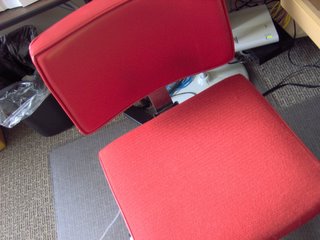Worship Team
 The Praise Team: by Mark Hixson
The Praise Team: by Mark HixsonThe Praise Team’s purpose is to usher the people of God into His presence so that as a body we may worship Him with all of our heart, soul, and mind. (I took this quote from the net)
There are many different theories on what a Praise Team does and how loud or soft a Praise Team should be, but I can sum it up into two theories.
There is the worship band Model, which is typically louder than the congregation (about 2x) this model works very well. This model also can take your congregation to a new level during your praise worship time. This model helps people in the congregation who are timid about singing out and are afraid of others hearing them sing, this will allow them to sing out because they feel that no one can hear them and they can praise God with out being self-conscious. But there are things that have to be just right. In order to have this model ones team must practice every week for 45min to an hour (regardless of how many times you have sung that song) You don’t go into a meeting with out looking over your notes with careful thought, so why wouldn’t you put the same thought into instructing people to praise the Lord. Also you need to have very good singers, to be this loud if you aren’t on top of your game you will stick out and become very distracting to the point that people aren’t focusing on the purpose of praise worship. Also, the other down fall to this Model is there are people who find this model very distracting, because it is a concert like setting. Some people have a conscience issue with this style, and may cause them to leave. The largest complaint with this is that it is too loud and people might stop singing altogether and just listen. Which takes away the act of worship from the very ones the worship team is to instruct, the worshiper.

The second model is the “filler” model: it does what the name says; it fills in the parts/holes in your worship song. If there are new songs or less familiar songs being sung the Praise Team will fill in the parts that the congregation might not be singing, this allows for a seamless praise time. This model is also called “blending” with the congregation, helping the singing to sound full and less empty. The idea is that you don’t hear the praise team “over” the congregation but with the congregation (.5-1x louder) unless the congregation stops the praise team will fill in that silence. This model is less intrusive; this allows people to focus on what they are singing rather than how good the singing might be. The down side of this is people might not see the point in having a praise team. Your church needs to decide if the Praise Team is going to be song leaders or to assist the congregation in their praise time.
